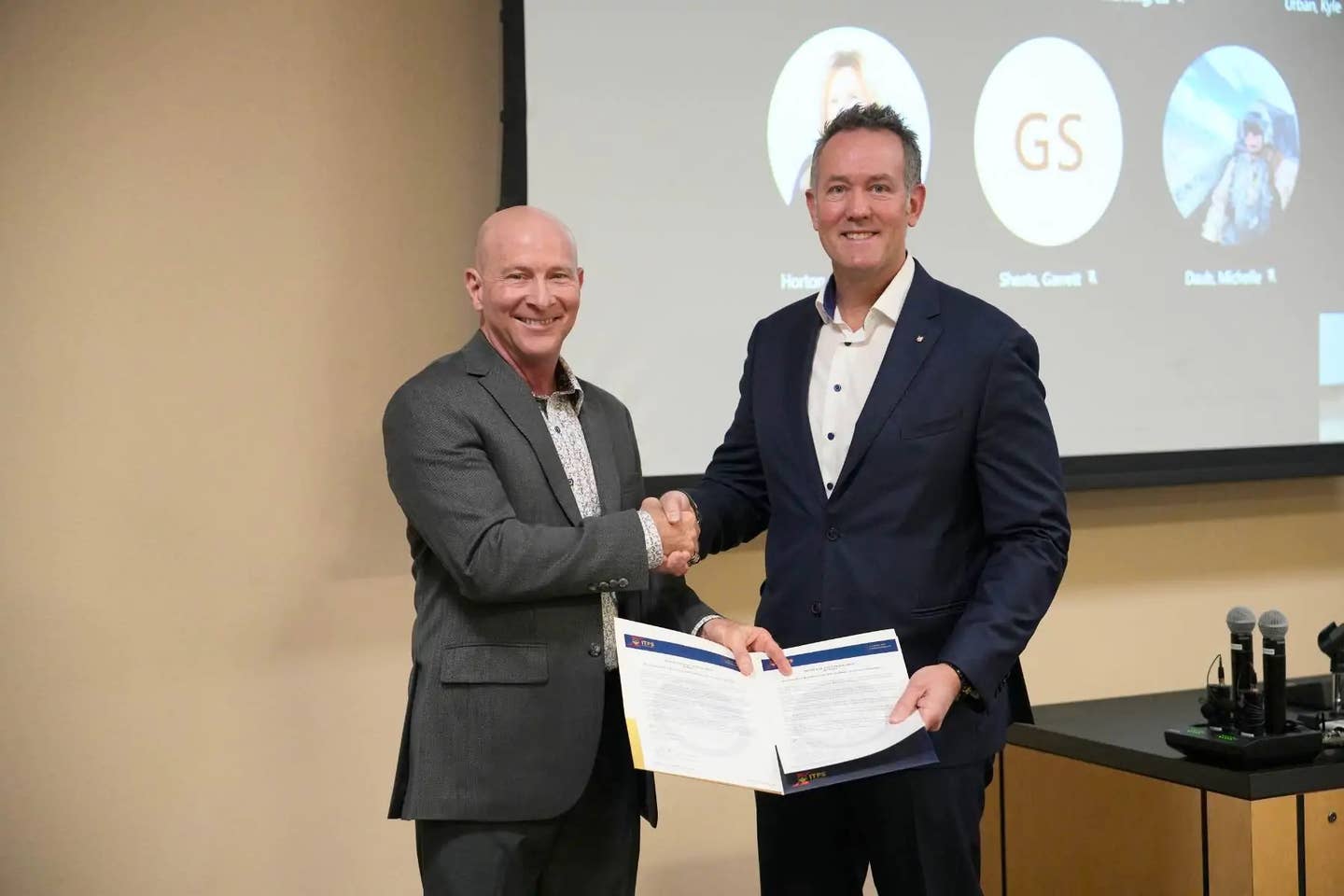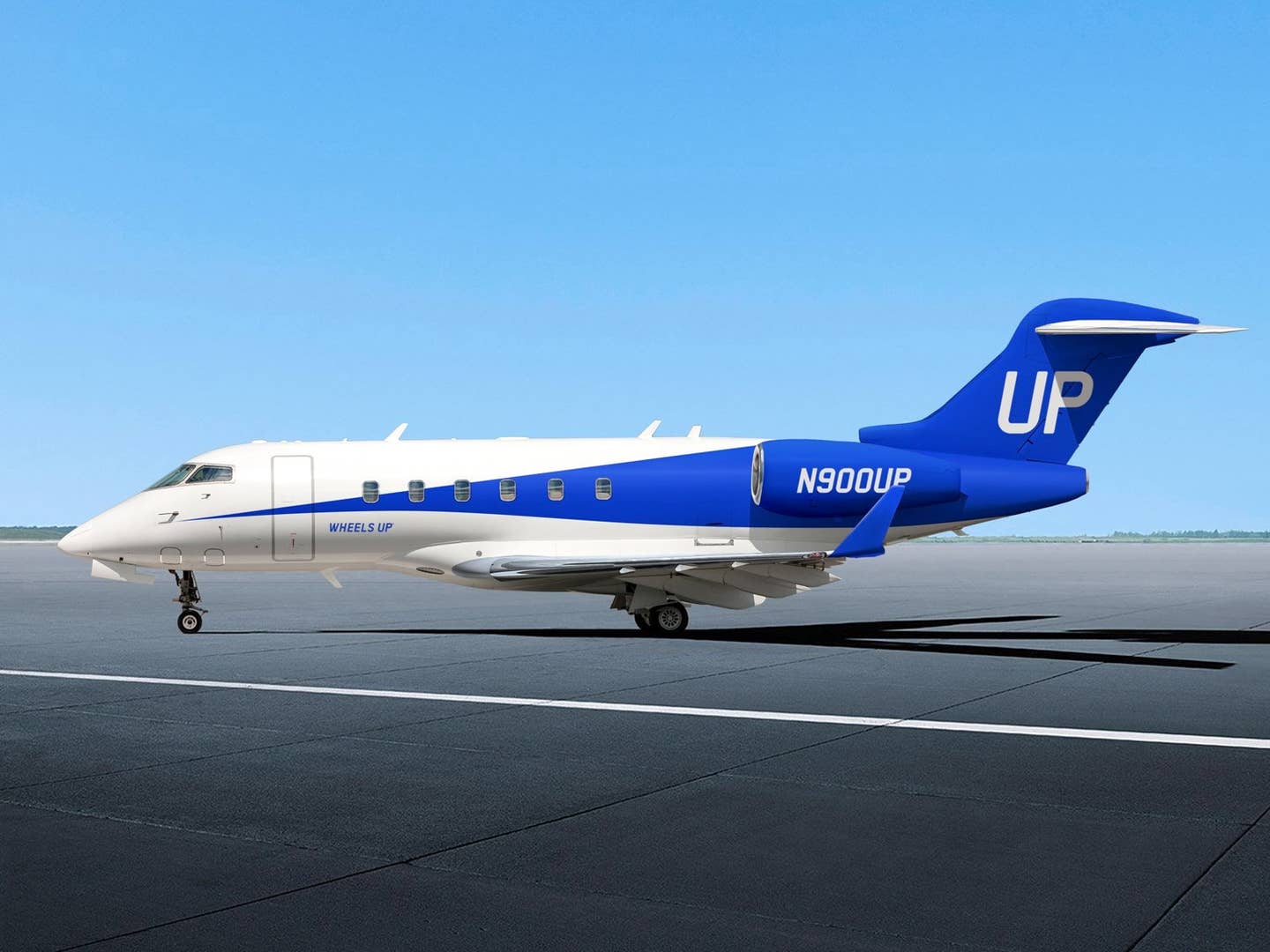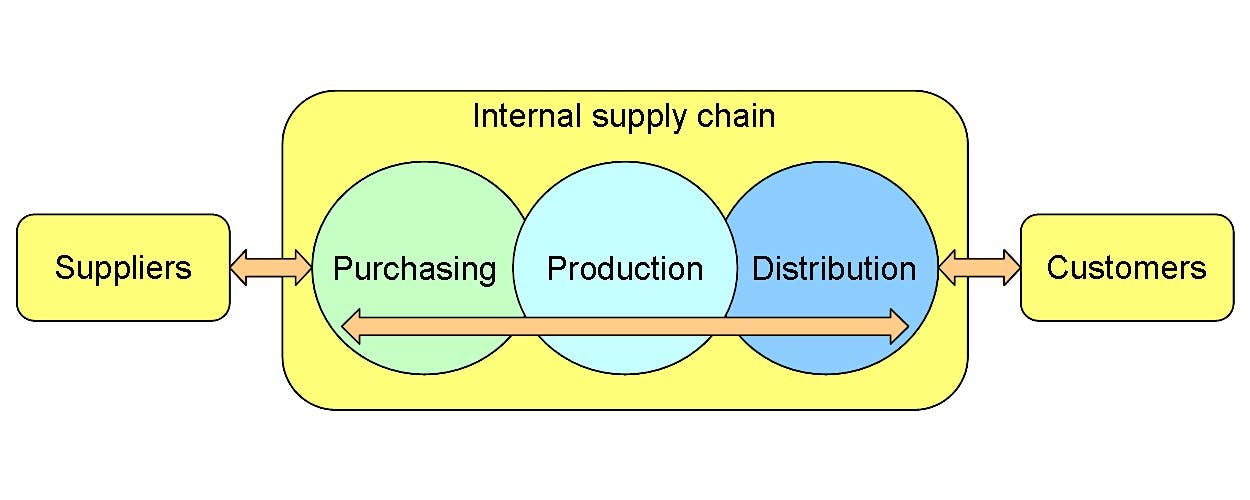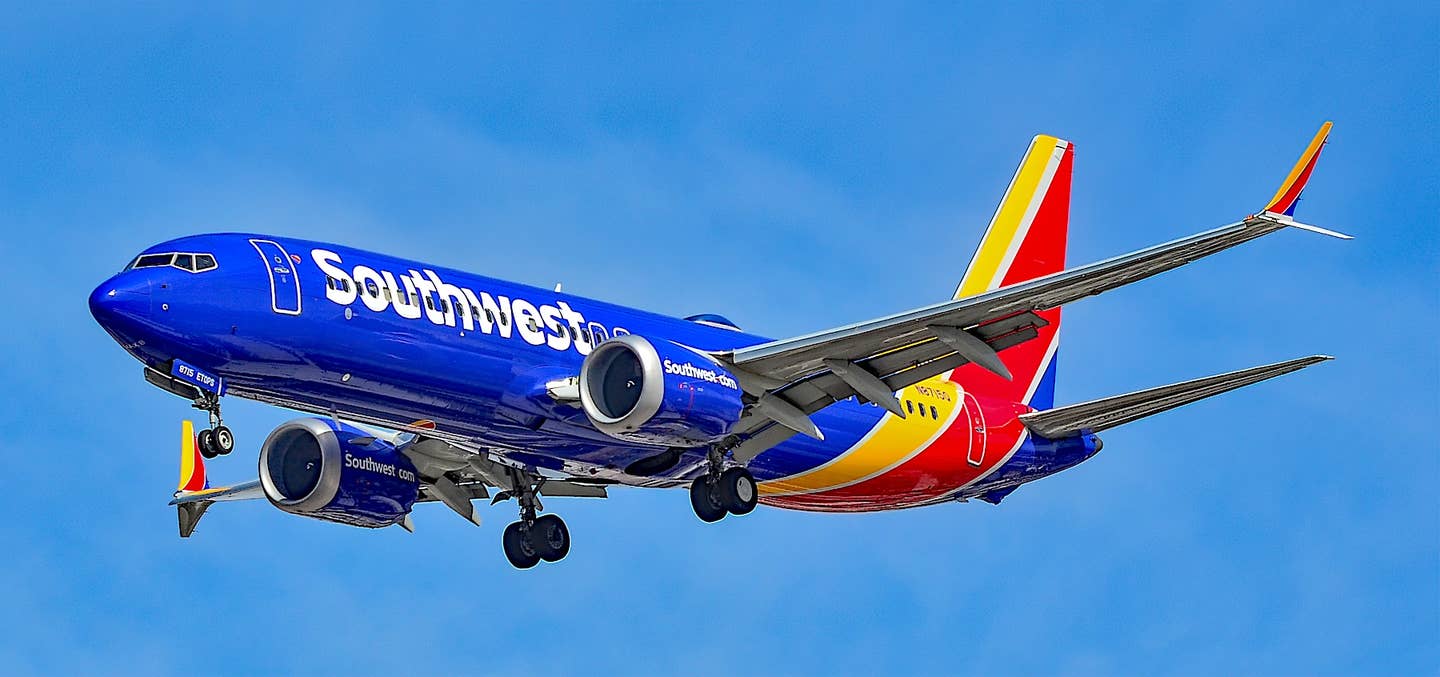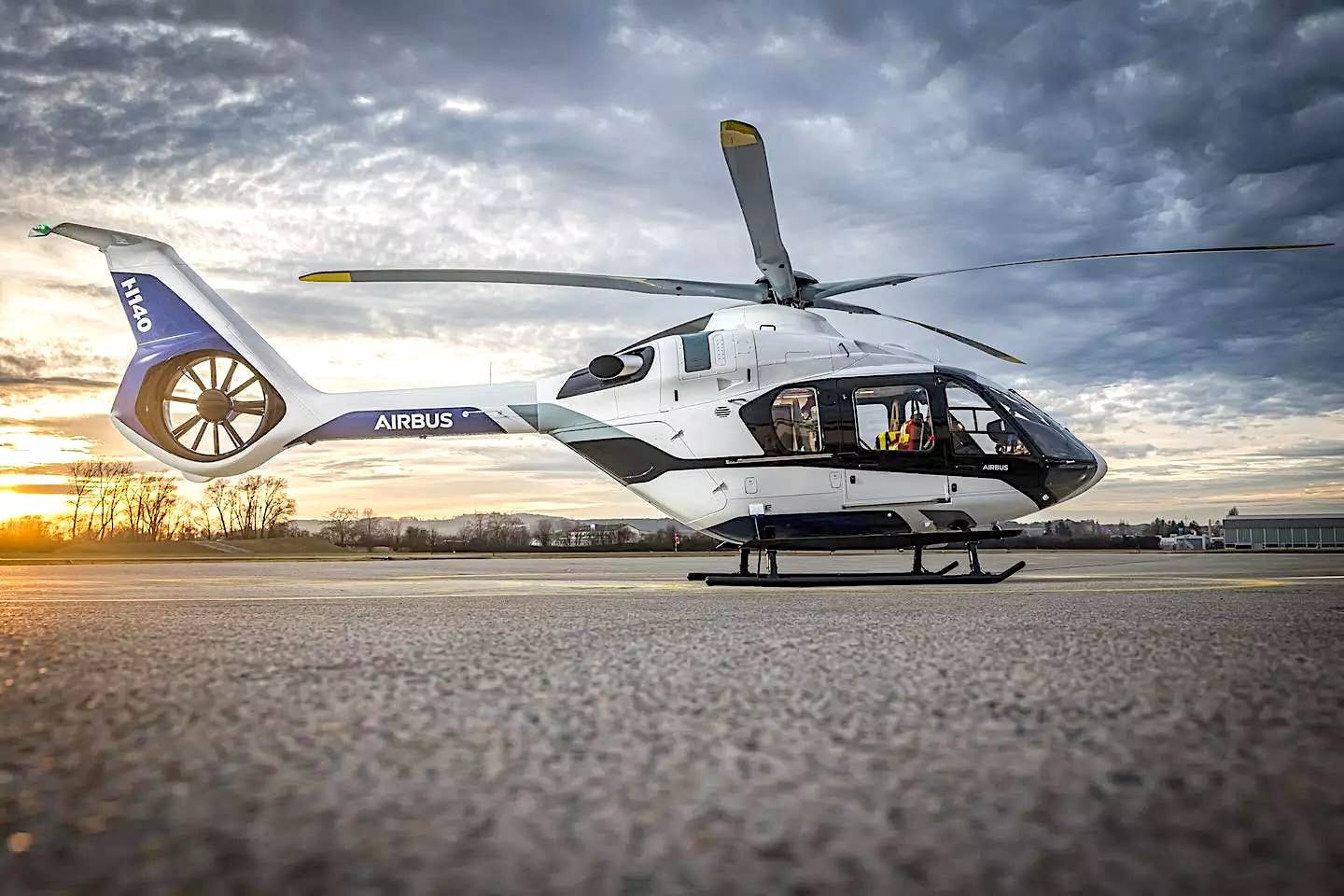Northrop Grumman Awarded NASA Booster Production Contract
Northrop Grumman has been awarded a contract to build boosters for NASA’s Space Launch System (SLS) rocket. The Booster Production and Operations Contract (BPOC), which is valued at $3.19 billion,…
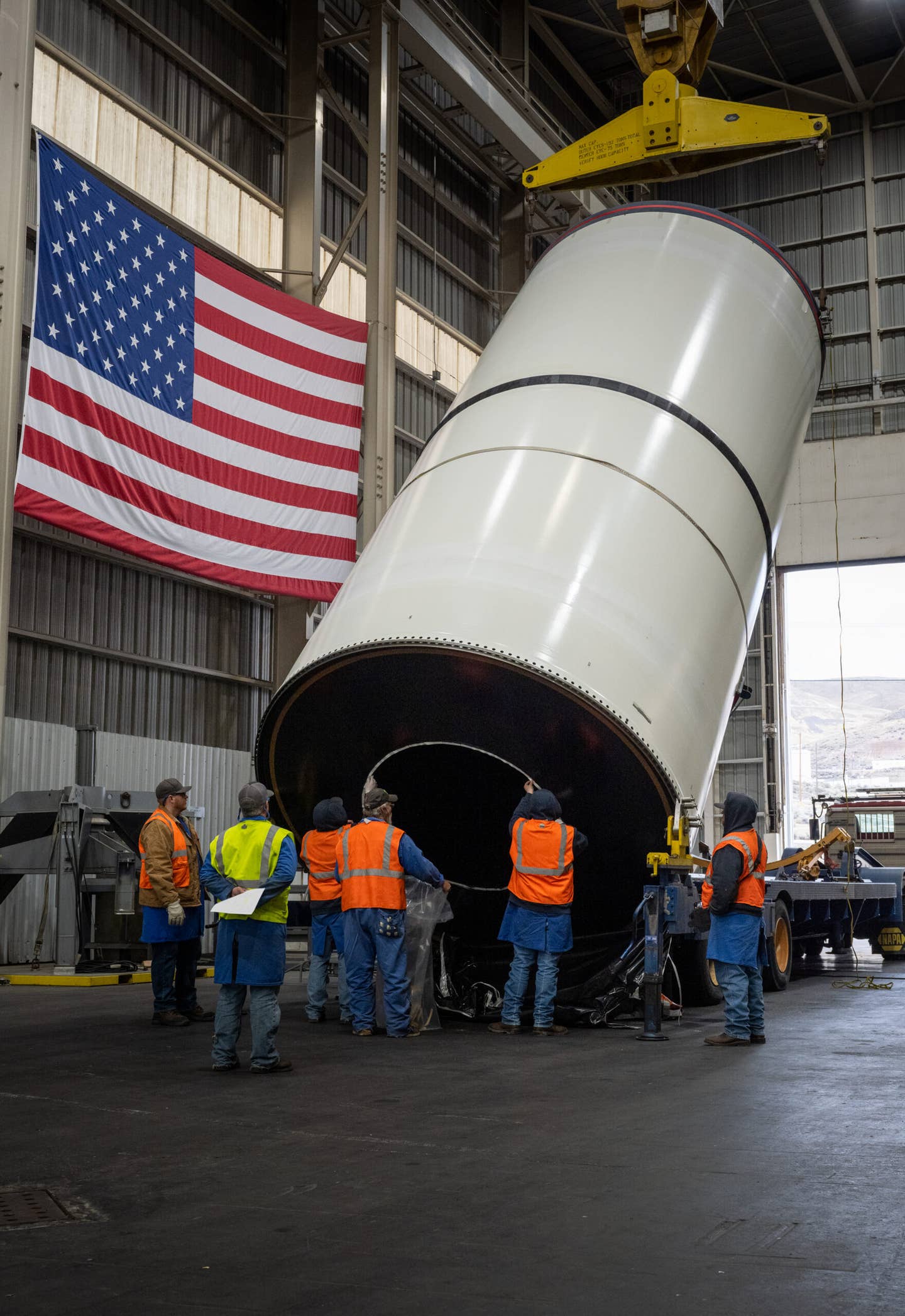
Image: NASA
Northrop Grumman has been awarded a contract to build boosters for NASA’s Space Launch System (SLS) rocket. The Booster Production and Operations Contract (BPOC), which is valued at $3.19 billion, will support nine SLS flights through Dec. 31, 2031. Along with support for NASA’s first three Artemis missions, for which Northrop Grumman has already produced booster motors, the contract covers booster production and operations for Artemis IV through VIII.
“This contract award ensures NASA will have the most powerful solid rocket boosters ever built for future Space Launch System rockets for the Artemis missions to the Moon,” said Bruce Tiller, NASA SLS booster manager. “The contract allows NASA to work with Northrop Grumman to not only build the boosters for upcoming missions but also to evolve and improve the boosters for future flights.”
The contract also includes provisions for the design, development, testing and evaluation of a booster as part of Booster Obsolescence and Life Extension (BOLE) for the Artemis IX mission. According to NASA, the BOLE boosters will replace the steel cases currently used with a stronger composite case in addition to upgrading structures, electronic thrust vector control systems and propellant materials. The first launch of the SLS rocket is expected to take place early next year as part of the uncrewed Artemis I flight test.

